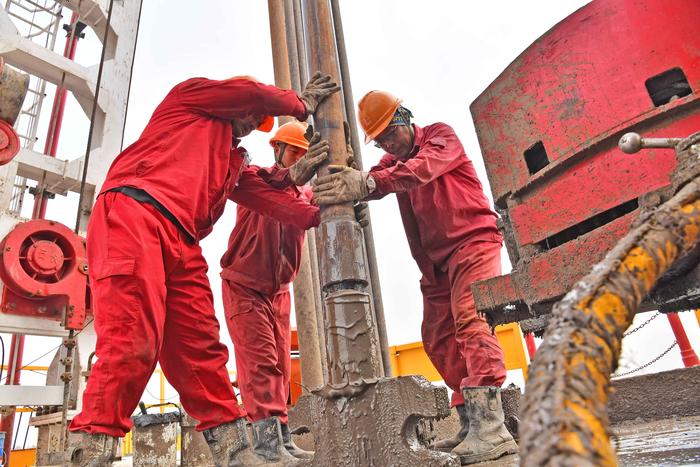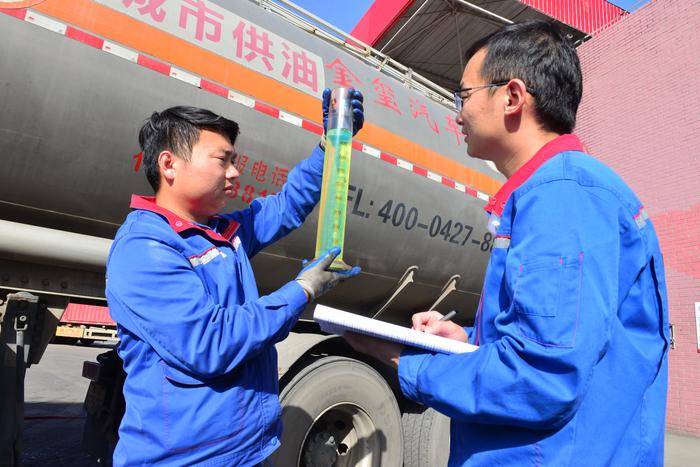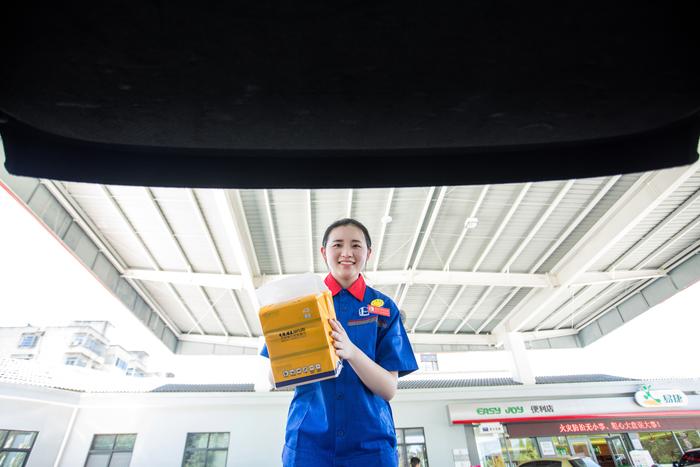|
| 2020-11-19 来源: 中国石化新闻网 |
| 石化新闻 |
中国石化新闻网讯 据路透社11月17日报道,欧佩克+预计,如果产油国将减产限制延长三个月或更长时间,2021年石油库存将进一步下降,这支持了明年收紧原油产量政策的理由。 欧佩克+集团目前计划在2021年1月份将石油日产量提高200万桶,约占全球消费量的2%。这是早些时候达成的协议的一部分,该协议旨在稳步缓解今年实施的创纪录的供应削减。但需求疲软已经促使欧佩克+考虑推迟增产。 欧佩克联合技术委员会(JTC)的报告称,由于新冠肺炎第二波疫情的持续,明年全球石油需求的反弹幅度将低于此前的预期。报告称:“2021年,石油需求预计将以每年620万桶的速度增长,比上个月的预期向下修正了30万桶。” 相对于5年的平均水平,经合组织工业化国家的石油库存水平是欧佩克+的一个关键基准。而由于疫情导致的需求锐减,2020年这些国家的石油库存飙升。 根据该报告的一种设想是,如果石油减产延长到2021年3月底,经合组织2021年的商业库存将下降至较5年平均水平高出7300万桶。另一种设想是,如果减产协议延长到6月底,经合组织的石油库存将会下降,仅比5年平均水平高出2100万桶。 在联合部长监督委员会(JMMC)于周二开会之前,JTC实际上在周一举行了会议。JMMC会议将于格林尼治时间13点开始,该会议可以向欧佩克+推荐政策措施。 欧佩克+消息人士周一表示,一种获得支持的选择是在未来三到六个月继续维持现有的每日770万桶的减产,而不是在1月份将减产规模缩减至每日570万桶。 根据欧佩克最新公布的信息显示,2020年9月,经合组织的石油库存有所下降,但仍比五年平均水平高出2.12亿桶。JTC的报告还概述了第三种石油需求可能会变弱的情况,在这种情况下,到2021年底,经合组织的石油库存将增加到比五年平均水平高出4.7亿桶。 根据该报告的基本假设,到2021年底,经合组织石油库存将下降,但仍将比5年平均水平高出1.25亿桶,不过,较9月份水平有大幅下降。 根据报告,JTC考虑将现有的减产规模期延长3个月和6个月。欧佩克+将在11月30日和12月1日召开全体会议,来决定2021年的产量政策。 王佳晶 摘译自 路透社 原文如下: Exclusive: OPEC+ sees oil cut extension curbing 2021 rise in oil stocks, document shows OPEC and its allies see oil inventories declining further in 2021 should producers extend supply curbs for three months or more, a confidential document seen by Reuters shows, supporting the case for a tighter policy on crude output next year. The OPEC+ producer group, for now, is due to raise output by 2 million barrels per day (bpd) in January, or about 2% of global consumption, as part of an earlier agreement to steadily ease record supply cuts that were implemented this year. But weakening demand has prompted OPEC+, which groups the Organization of the Petroleum Exporting Countries, Russia and others, to consider delaying the increase. The report by an OPEC+ panel, known as the Joint Technical Committee (JTC), said the rebound in global oil demand next year would be less than previously thought as the coronavirus second wave continues. “For 2021, oil demand is expected to grow by 6.2 million barrels per day, year on year, representing a downward revision of 0.3 million barrels per day compared to last month’s assessment,” the report said. The level of oil inventories in industrialised OECD countries relative to their five-year average is a key benchmark for OPEC+. Stocks have soared in 2020 as demand collapsed due to the pandemic. According to one scenario in the report, if oil cuts were extended to the end of March 2021, OECD commercial inventories will decline to stand at 73 million barrels above the five-year average in 2021. If the reduction pact was extended to the end of June, OECD stocks would fall and stand only 21 million barrels above the five-year average next year, according to another scenario. The JTC met virtually on Monday before another panel, the Joint Ministerial Monitoring Committee (JMMC), meets on Tuesday. The meeting of the JMMC, which can recommend policy steps to OPEC+, is scheduled to start at 1300 GMT. OPEC+ sources said on Monday that one option gaining support was to keep existing curbs of 7.7 million bpd for a further three to six months, rather than tapering the cut to 5.7 million bpd in January. OECD oil stocks declined in September 2020 but still stood 212 million barrels above the five-year average, according to OPEC’s most recent publicly released information. The JTC report outlined a third set of circumstances in which oil demand is assumed to be weaker, in which OECD stocks would rise to stand 470 million barrels above the five-year average by the end of 2021. It called this the alternative scenario. Under the report’s base case scenario, OECD stocks would drop and remain 125 million barrels above the five-year average at the end of 2021, still a sizeable decline from September’s level. The JTC considered both extensions to existing cuts of three and six months, according to the report. OPEC+ will have a full meeting on Nov. 30 and Dec. 1 to decide output policy for 2021. |








